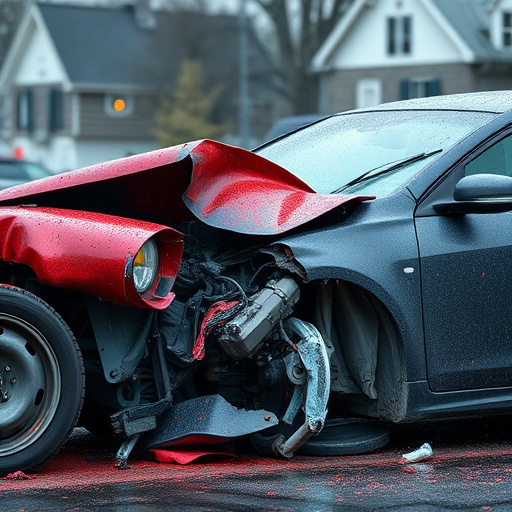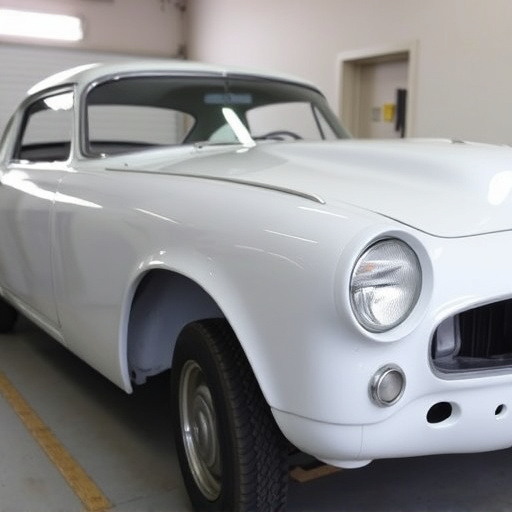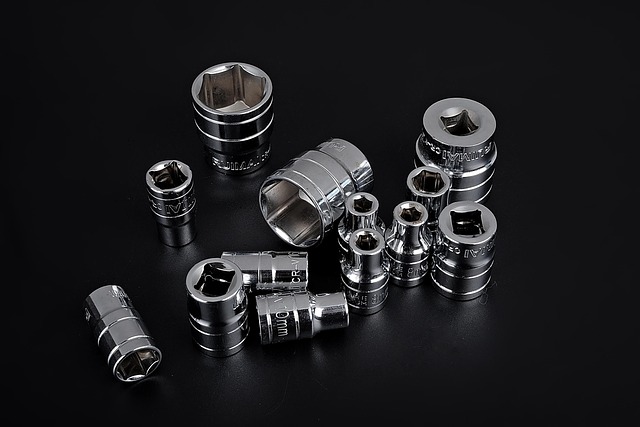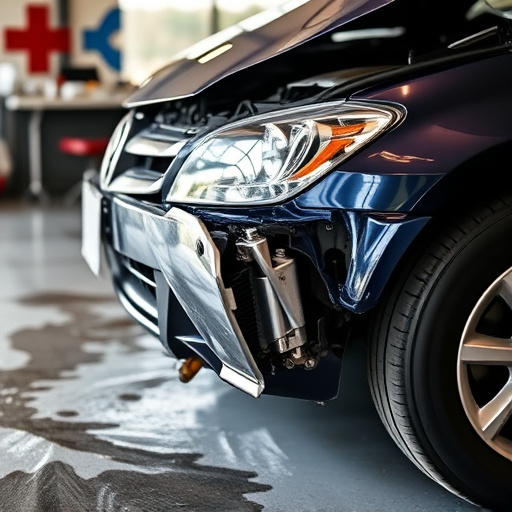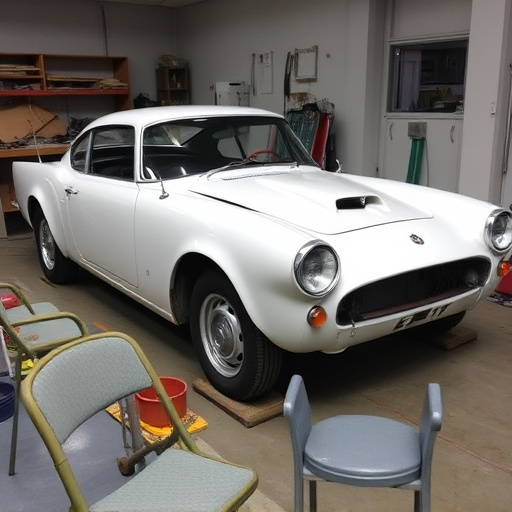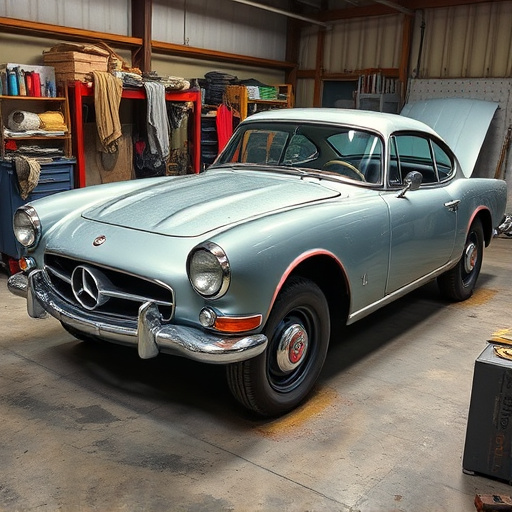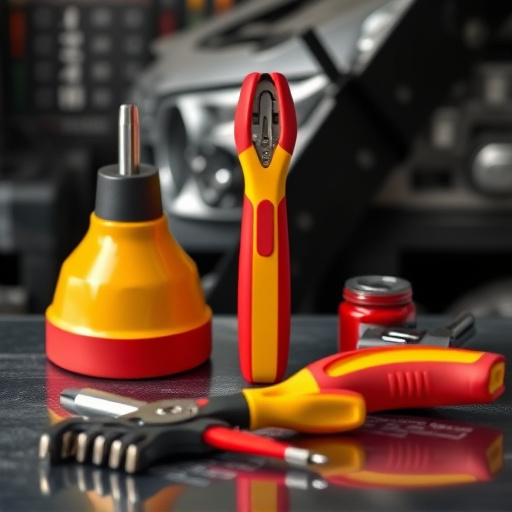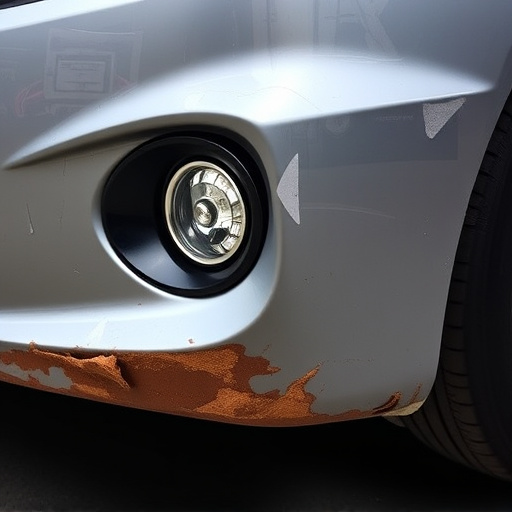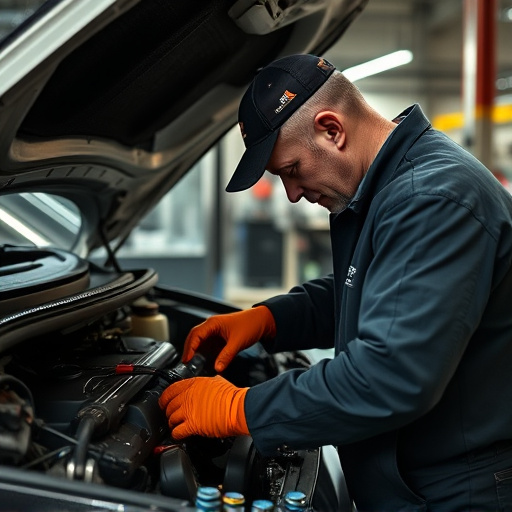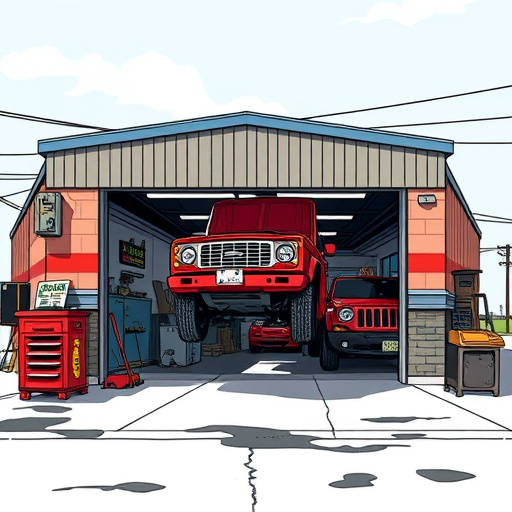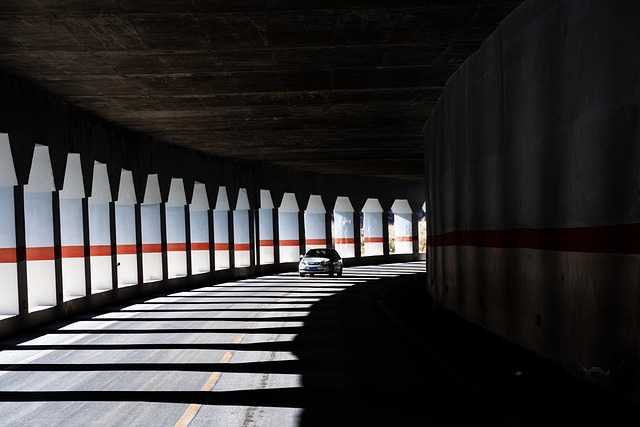The Tesla Supercharger network, comprising thousands of charging stations globally, addresses range anxiety for electric vehicle (EV) owners by enabling quick recharging during travel or daily commutes. Key factors affecting Tesla Supercharger compatibility include vehicle model year and physical condition, with efficient repair services ensuring seamless use. Understanding specific model capabilities through manufacturer guidelines is vital, as newer models support faster charging speeds not available in all vintage Teslas. Effective planning and confirming compatibility enhance the experience, comparable to using specialized auto body services for optimal charging convenience.
“Unraveling the complexities of Tesla Supercharger compatibility is key for electric vehicle owners. This article guides you through the intricate factors shaping Supercharger accessibility, ensuring a seamless charging experience. From understanding the global Tesla Supercharger network to identifying regional incompatibilities, we explore what makes certain vehicles compatible or restricts access. Learn how various elements influence your ability to leverage this powerful resource, enabling efficient long-distance travel with ease.”
- Understanding Tesla Supercharger Network
- Factors Influencing Supercharger Compatibility
- Accessing and Utilizing Tesla Superchargers Effectively
Understanding Tesla Supercharger Network
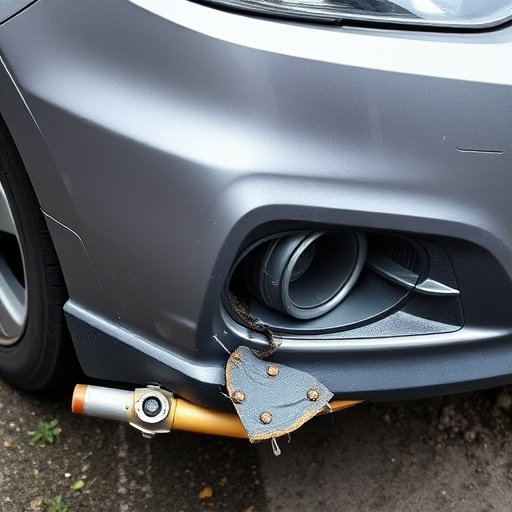
The Tesla Supercharger network is a global infrastructure designed to support electric vehicle (EV) charging for Tesla owners. It’s a key component in addressing range anxiety, providing fast-charging stations along major highways and urban areas. The network consists of thousands of Supercharger stations located in strategic positions, enabling Tesla drivers to quickly recharge their vehicles during long-distance travel or daily commutes. Each station offers multiple charging ports capable of delivering high-speed charging, ensuring compatibility with various Tesla models.
Tesla’s commitment to expanding its Supercharger network is evident, as it continues to add new stations worldwide. This expansion provides convenience and peace of mind for Tesla owners, knowing they have access to reliable and fast charging whenever needed. For instance, in urban centers like Los Angeles or New York City, dense networks of Superchargers are strategically placed in high-traffic areas, making electric vehicle ownership more feasible. Even specialized auto body services and collision repair centers, such as Mercedes Benz collision repair shops, can contribute by installing and maintaining these charging stations, further integrating EV infrastructure into the existing automotive landscape.
Factors Influencing Supercharger Compatibility
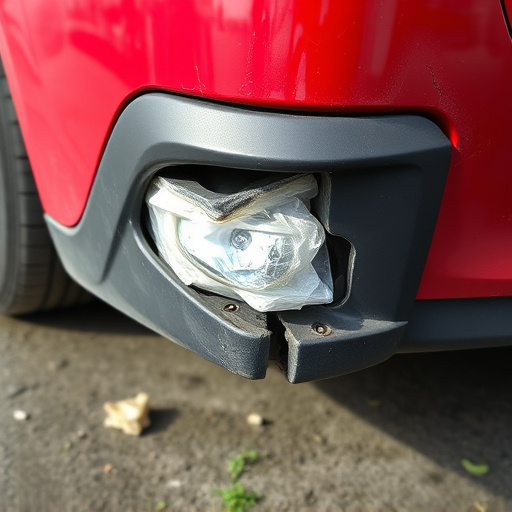
Several factors play a crucial role in determining Tesla Supercharger compatibility, ensuring a seamless charging experience for electric vehicle (EV) owners. One of the primary considerations is the specific model year and make of the vehicle. As Tesla continues to innovate, new models may introduce changes in their charging port design or communication protocols, impacting compatibility with older chargers. For instance, while most recent Tesla models use the standardized CCS (Combined Charging System) connector, some early iterations employed a proprietary connector, requiring adapters for broader charger accessibility.
Additionally, the physical condition of both the vehicle and the charging port is essential. Minor dents or scratches in the vehicle’s exterior around the charging port might not immediately affect compatibility but could lead to connection issues over time. Regular maintenance and prompt repair of any car damage, including that affecting the charging port area, are vital to preserving Supercharger accessibility. Unlike an auto body shop where repairs may take days, efficient car damage repair services can often address minor issues promptly, ensuring EV owners can quickly resume their journeys without delays at Supercharger stations.
Accessing and Utilizing Tesla Superchargers Effectively
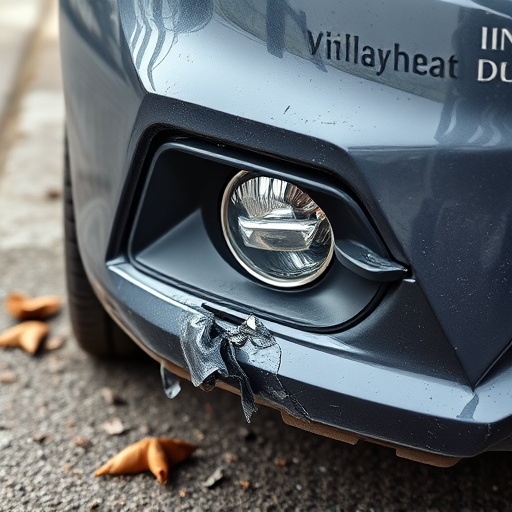
Accessing and utilizing Tesla Superchargers effectively requires understanding their compatibility with your vehicle. To ensure smooth charging, confirm that your Tesla model is compatible with the Supercharger network. Each Tesla vehicle model has specific Supercharger capabilities, so checking the manufacturer’s guidelines is essential. For instance, while newer Tesla models support faster charging speeds, classic car restoration enthusiasts should note that not all vintage Teslas are equipped for Superchargers.
Using a Tesla Supercharger involves simple steps. Once located along popular routes or in urban areas, drivers can access these stations by signing into their Tesla account through the vehicle’s touchscreen. The process enables payment and facilitates quick charging during long-distance travel. Just like using any automotive body shop for mercedes benz collision repair, it’s crucial to plan ahead and know your vehicle’s compatibility to make the most of Tesla Superchargers, especially when compared to traditional charging stations or even other fast-charging networks.
Tesla’s Supercharger network is a complex ecosystem, with various factors influencing compatibility and access. From vehicle models and hardware to location and infrastructure, understanding these elements is key to efficient utilization. By considering these aspects, Tesla owners can navigate the Supercharger landscape seamlessly, ensuring quick and convenient charging during their journeys. This concludes our exploration of Tesla Supercharger compatibility, offering a comprehensive guide for an enhanced electric vehicle experience.
